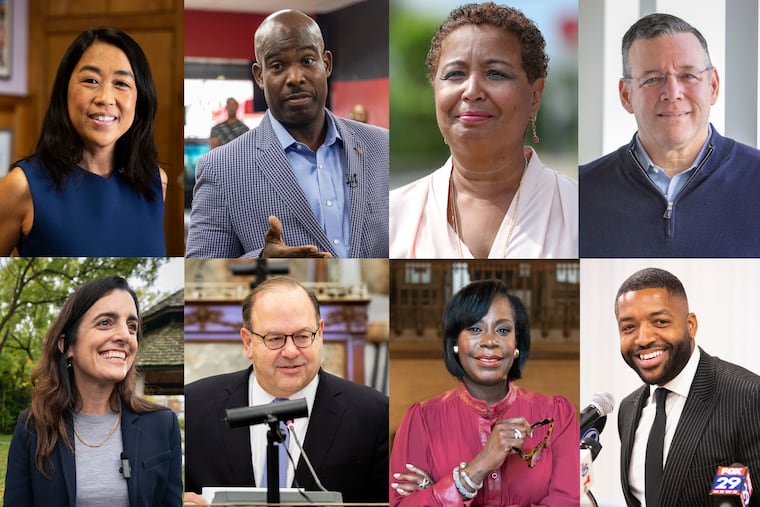What recent fundraising tells us about the state of the Philly mayor’s race, in five charts
The Philadelphia mayor's race remains wide open, with a half-dozen candidates raising significant amounts heading into the home stretch.

The Philadelphia mayor's race remains wide open, with a half-dozen candidates raising significant amounts heading into the home stretch.
